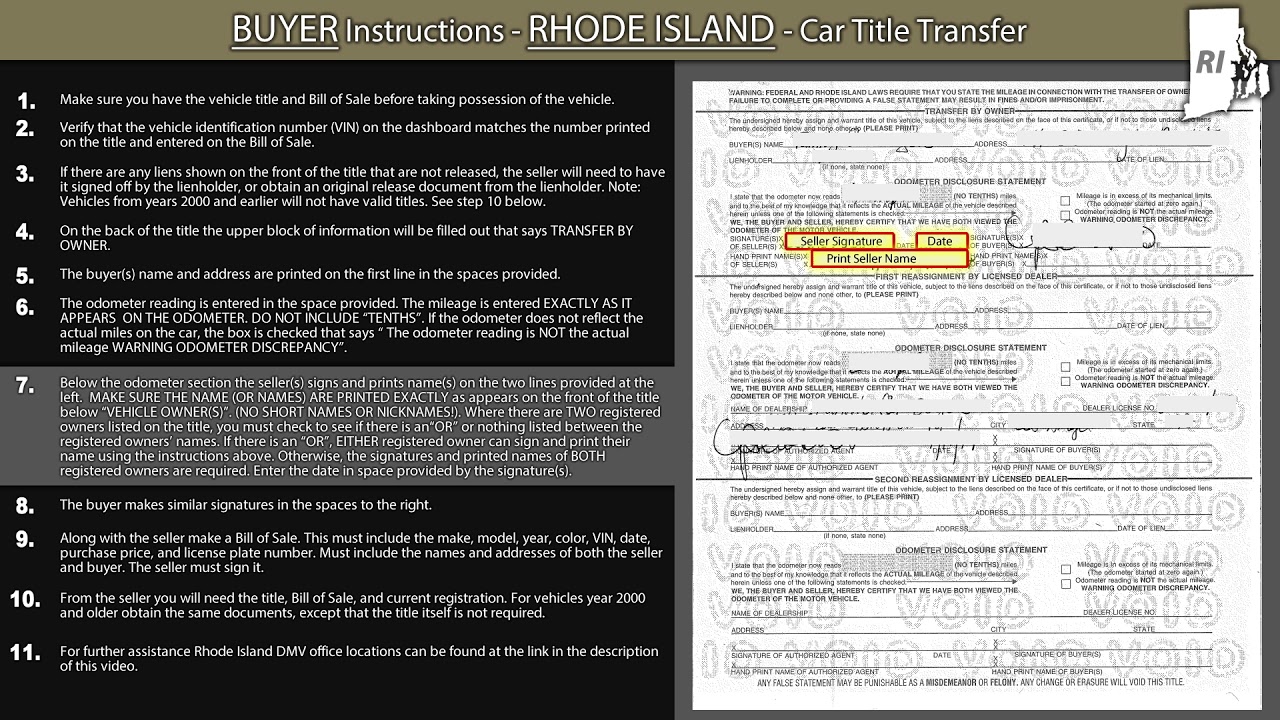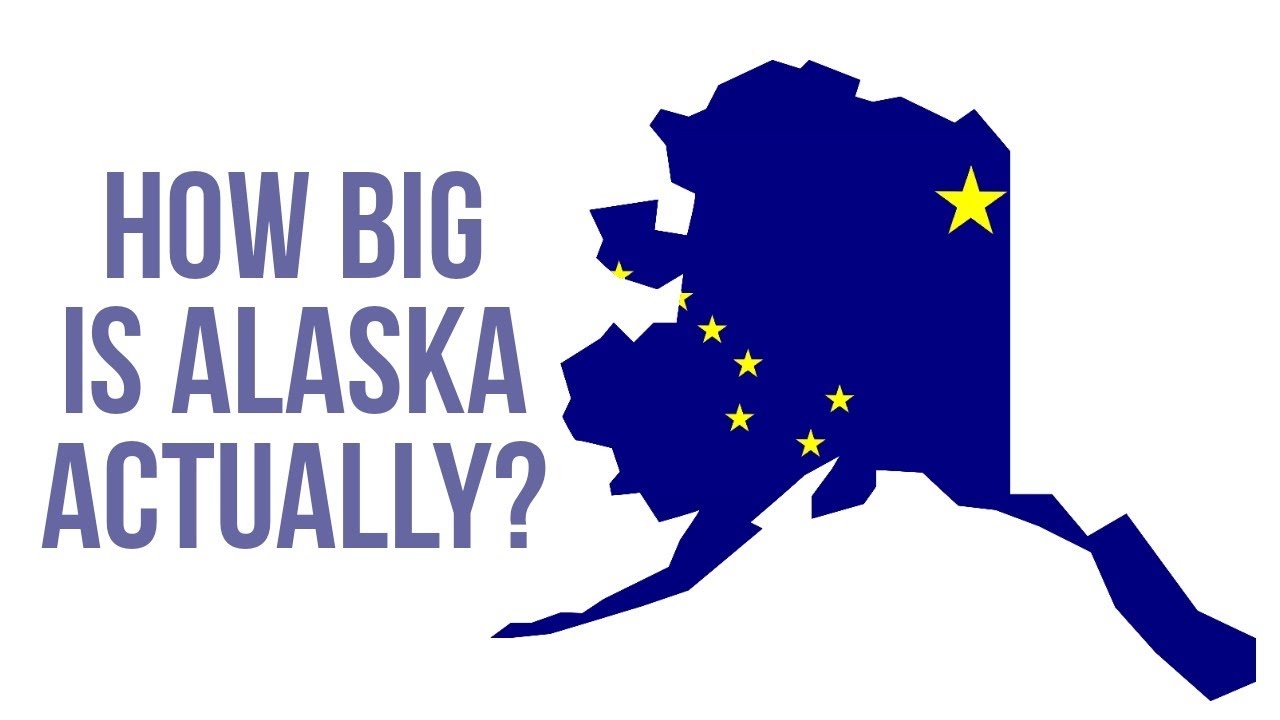Introduction: The Population of Rhode Island
Rhode Island, the smallest state in the United States, is home to a diverse population. Located in the New England region, Rhode Island has a rich history and a vibrant present-day society. Understanding the size and composition of its population is crucial for analyzing the state’s development and planning for its future.
Historical Overview: Changes in Rhode Island’s Population
Rhode Island has experienced significant changes in its population over the years. In the early 20th century, the state saw a steady increase in residents due to immigration, particularly from Italy and Ireland. However, the population growth slowed down during the mid-20th century, largely due to changes in economic opportunities and a decline in manufacturing industries.
Current Population Data: A Snapshot of Rhode Island’s Residents
As of the latest available data, Rhode Island has an estimated population of approximately 1.1 million people. Despite its small size, the state has a relatively dense population compared to other states. This can be attributed to its urban centers and its proximity to major metropolitan areas such as Boston and New York City.
Demographic Analysis: Age, Gender, and Ethnicity in Rhode Island
Rhode Island demonstrates a diverse demographic composition. The state has a relatively balanced distribution of age groups, with a median age of around 40 years. In terms of gender, there is a slightly higher number of females than males in the state. Furthermore, Rhode Island is known for its ethnic diversity, with a sizable population of Hispanic, African American, and Asian residents.
Population Density: How Many People per Square Mile?
Rhode Island is known for its high population density. With an area of just 1,034 square miles, the state has an average of over 1,000 people per square mile. This density is significantly higher than the national average, making Rhode Island one of the most densely populated states in the country.
Urban vs. Rural: Distribution of Rhode Island’s Population
The majority of Rhode Island’s population is concentrated in urban areas. Providence, the capital city, serves as the economic and cultural hub of the state, attracting a significant number of residents. Other urban centers, such as Warwick and Cranston, also have substantial populations. However, the state also has pockets of rural areas, particularly in the western and southern parts, where the population is more dispersed.
Population Growth: Trends and Projections for Rhode Island
Rhode Island has experienced modest population growth in recent years. However, this growth has been slower compared to other states. The state’s small size and limited land availability have contributed to this trend. As urban areas continue to attract new residents, the overall population is projected to increase gradually in the coming years.
Migration Patterns: Influx and Outflow of Rhode Island Residents
Migration patterns play a significant role in shaping Rhode Island’s population. The state experiences both influx and outflow of residents. Many individuals are attracted to the state’s educational institutions, vibrant culture, and employment opportunities. However, others may leave Rhode Island in search of better job prospects or lower living costs. These migration patterns can impact the size and composition of the state’s population.
Factors Affecting Population: Economy, Education, and more
Several factors influence Rhode Island’s population dynamics. The state’s economy and job market play a crucial role in attracting or repelling residents. Educational institutions, including prestigious universities, can also draw individuals to Rhode Island. Additionally, factors such as housing availability and affordability, healthcare services, and quality of life contribute to the state’s population trends.
Comparing Rhode Island’s Population to Other States
When comparing Rhode Island’s population to other states, its small size becomes apparent. Despite this, Rhode Island ranks as the 43rd most populous state in the country. Its population is similar to that of Alaska and Vermont, but significantly smaller compared to more populous states like California and Texas.
Implications for Infrastructure and Public Services
The population size and distribution in Rhode Island have implications for infrastructure and public services. The concentration of residents in urban areas necessitates efficient transportation systems, housing developments, and healthcare facilities to meet the needs of the population. Additionally, the state must ensure equitable access to public services, such as education, regardless of the population’s distribution.
Conclusion: Rhode Island’s Evolving Population
Rhode Island’s population has undergone changes throughout its history, reflecting societal and economic trends. Despite its small size, the state’s population density is high, primarily due to its urban centers and proximity to major cities. Demographic analysis reveals a diverse population in terms of age, gender, and ethnicity. Understanding the population dynamics of Rhode Island is essential for policymakers and planners to ensure sustainable development and the provision of adequate public services. As the state continues to evolve, monitoring population trends will be crucial for shaping its future.





